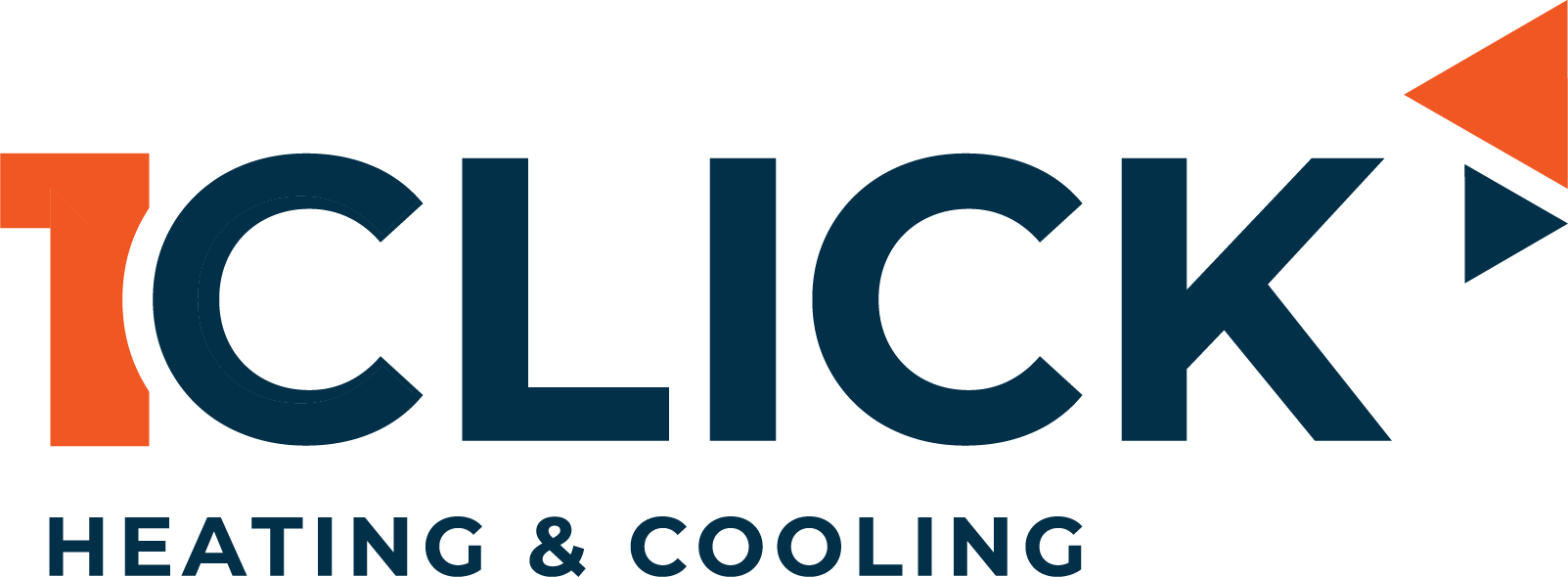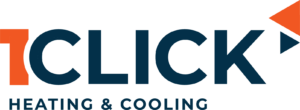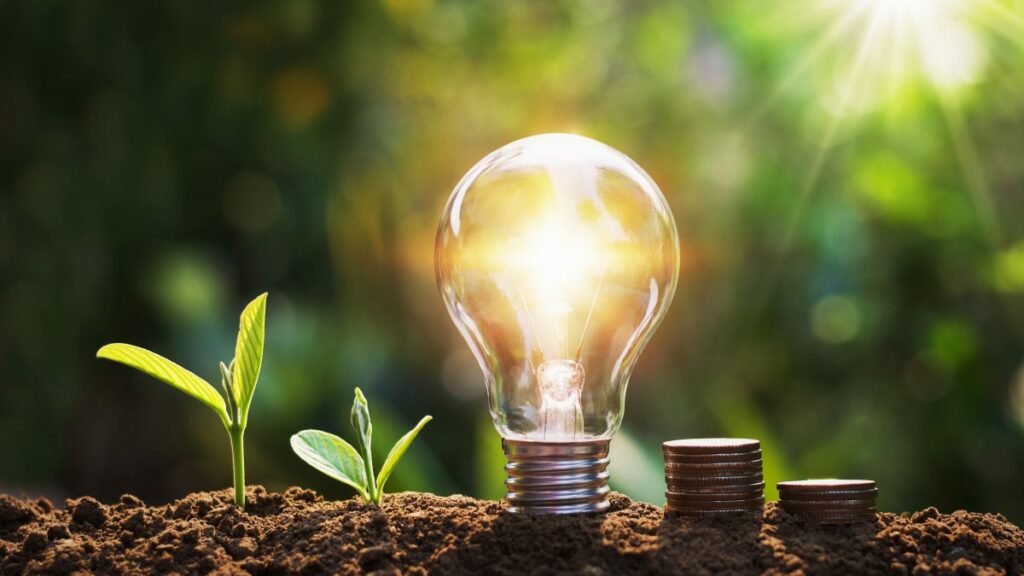Electrification, or the process of replacing services traditionally powered by fossil fuels with those running on electricity, is becoming a preferred choice among homeowners across the nation. Home electrification not only presents an opportunity to reduce carbon footprint but also offers significant economic benefits, making it an enticing prospect for many.
The Savings
When it comes to home electrification, cost savings often come in three forms: energy efficiency, reduced maintenance, and utility rebates.
Energy Efficiency
Electric appliances, particularly Energy Star-certified models, are known for their superior efficiency compared to traditional fossil fuel-powered appliances. A 2019 report by Natural Resources Canada affirmed this, stating that an electric heat pump could save between 25% and 50% of heating energy, depending on the system and climate conditions.
These high-efficiency appliances utilize advanced designs and controlled operational mechanisms to minimize energy consumption while delivering equal or superior performance. For instance, heat pumps work by transferring heat rather than creating it, a process that requires less energy. When used for heating, they draw heat from the outside air or ground, and reverse the process for cooling.
Adopting Energy Star-certified appliances can offer substantial cost savings over time due to reduced energy consumption and longer lifespan. Moreover, this switch contributes to environmental sustainability, as lower energy use translates into a reduced carbon footprint. The potential for financial savings combined with the environmental benefits makes a compelling case for the adoption of electric appliances in Canada.
Reduced Maintenance
One of the standout advantages of electric appliances over fossil fuel-powered systems is the reduced need for maintenance. This often overlooked aspect can lead to significant savings over time, further emphasizing the cost-effectiveness of the electrification process. In essence, electric appliances, due to their straightforward operation and fewer moving parts, tend to be more durable and require less frequent service, translating into lower long-term maintenance costs.
Taking heating systems as an illustrative example can shed more light on this subject. Traditional gas furnaces, although known for their robust heating capabilities, demand regular inspections and maintenance. This is due to their complex composition and operation, involving combustion and exhaust systems. Without an annual inspection, problems can go undetected, leading to potential safety hazards or system inefficiencies. Consequently, homeowners have to factor in the costs of regular servicing, parts replacement, and potential repair work, all of which can quickly add up.
Conversely, electric heat pumps operate on a completely different principle – heat transfer, as opposed to heat generation. They are generally less complex, leading to fewer potential points of failure. Thus, heat pumps often only need servicing every few years, which means homeowners can save on regular maintenance fees. In addition, electric heat pumps tend to have a longer lifespan compared to traditional gas furnaces, further reducing the overall costs. When you multiply these cost differences over a decade or more, the savings from choosing electric appliances can be quite significant.
This comparison of maintenance requirements and the associated costs underscores another dimension of the economic advantages of home electrification. It reaffirms that choosing electric appliances not only results in lower energy costs but can also substantially reduce maintenance expenses in the long run.
Utility Rebates
Later Edit: As of February 12th, 2024, the Canada’s Greener Homes Grant has officially ended and will no longer be accepting new applications. Homeowners who have successfully concluded their online registration and possess an application number are urged to expeditiously move ahead with their retrofit initiatives, as they will remain eligible for funding and ongoing support through the Canada Greener Homes portal. For all your home electrification needs, contact us at +1 800-458-1289 or sa***@1c********.com for personalized assistance.
Across Canada, several provinces and territories have established programs that incentivize households to switch to electricity. These incentives come in the form of significant rebates and grants that reduce the up-front cost of transitioning to electric appliances, particularly heat pumps.
A remarkable example at the federal level is the Greener Homes Grant. This program offers Canadian homeowners up to $5,000 in rebates for making energy-efficient retrofits to their homes, such as installing a heat pump. This initiative, coupled with expert advice provided by EnerGuide energy assessments, equips Canadians with the resources and knowledge to make their homes more energy-efficient and reduce long-term energy costs.
In British Columbia, the CleanBC Better Homes and Home Renovation Rebate Program is another noteworthy initiative. Through this program, homeowners who install an eligible heat pump could receive rebates up to $3,000. This incentive is part of the province’s broader effort to reduce greenhouse gas emissions by encouraging the adoption of high-efficiency energy systems in residential buildings.
Meanwhile, in Ontario, the provincial government has partnered with Enbridge Gas to offer the Home Efficiency Rebate. Under this program, homeowners can receive up to $5,000 back for upgrades to energy-efficient products, including heat pumps. The rebate aims to help Ontarians lower their energy bills, reduce their environmental impact, and enhance home comfort.
In summary, these programs—Greener Homes Grant, CleanBC, and the Ontario Home Efficiency Rebate—present substantial financial incentives for homeowners in Canada to switch to electricity. These rebates, which help offset the initial installation costs, can significantly enhance the return on investment of home electrification, making the transition a more affordable and attractive option.
The Return on Investment
Let’s focus on the two key appliances for home electrification: heat pumps and electric water heaters.
Heat Pumps
Investing in a high-efficiency heat pump is a significant financial decision for most households, considering the initial outlay can be approximately $10,000. However, when we factor in the potential savings on heating bills and the longevity of the system, it’s easy to see that this initial cost is an investment that pays dividends in the long run.
The beauty of a heat pump lies in its efficient operation. By extracting and transferring heat rather than generating it, heat pumps use significantly less energy than conventional heating systems, leading to lower energy costs. Depending on the local climate and the efficiency of the previous heating system, an electric heat pump can save a household around $600 to $1,200 annually on heating bills.
These savings are far from insignificant, and they accumulate over time. Let’s consider the lower end of the savings range: $600 per year. In just five years, that amounts to $3,000. Scale that up to a decade, and you’re looking at $6,000. On the upper end, at $1,200 savings per year, a homeowner could save $6,000 in five years and a whopping $12,000 over a decade. When viewed over these longer time frames, the initial cost of the heat pump starts to look less like a cost and more like an investment.
The time it takes to recoup the initial investment—known as the break-even point—is an important factor to consider. Given the substantial annual savings, the break-even point for a high-efficiency heat pump can be as early as 2 years at the higher savings rate, or up to 6 years at the lower rate. After this point, the ongoing savings equate to a direct reduction in household expenditure on energy costs.
Electric Water Heaters
Electric water heaters can cost between $1,000 and $3,000 to install. They can save households approximately $150 to $250 annually, compared to traditional water heaters. This leads to a break-even point between 4 and 8 years. Again, once the system has paid for itself, the savings are pure profit.
A Green Investment
Beyond these direct savings, home electrification is also a significant investment in environmental sustainability. As Canada’s electrical grid becomes increasingly powered by renewable resources, electric appliances become cleaner over time. This stands in stark contrast to gas appliances, which will always require the burning of fossil fuels. By electrifying, homeowners not only save money but also contribute to a greener future.
Home electrification in Canada is not just a pathway towards a sustainable future but also a smart economic move. The up-front costs can be substantial, but the long-term savings and potential ROI make it a worthwhile investment for many homeowners.
The figures in this article are estimations, and actual savings will depend on many factors, including the size of the house, the local climate, and the efficiency of the existing systems. However, what is clear is that as more Canadians embrace electrification, the savings will continue to rise while our collective carbon footprint reduces.
Home electrification offers a win-win situation: reducing your energy bills while helping to combat climate change. So why not consider making the switch today? As always, feel free to reach out to our team at 1Click
Heating & Cooling with any questions you have about home electrification. We’re here to help you make an informed decision that’s right for you and the planet.





